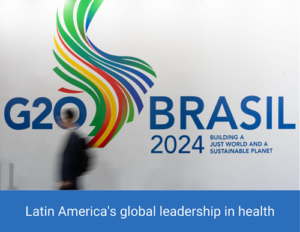
Adolescent girls in South Asia face an “alarming state of health and nutrition” experts warn
New BMJ collection calls for bold action to empower girls and advance gender equality to achieve lasting change
Adolescent girls across South Asia face an alarming state of health and nutrition from persistent undernutrition and anaemia alongside a rapid rise in overweight and obesity, warn experts in a special collection of articles published by The BMJ today.
They call for bold action to empower girls and advance gender equality in alignment with Unicef’s adolescent girls agenda for action to achieve lasting change and enable adolescent girls in South Asia to grow and develop to their full potential.
The collection of six papers – led by the South Asia regional office of Unicef and Deakin University in Australia – highlights the obstacles and opportunities for nourishing South Asia’s adolescent girls and discusses strategies to deal with them.
Themes include addressing harmful gender norms, rules and practices to improve nutritional outcomes for adolescent girls, strengthening legal measures to support access to nutritious foods and healthy food environments, and scaling up initiatives to reduce anaemia.
In an editorial to mark the launch of the collection, Zulfiqar Bhutta and colleagues argue that opportunities for addressing the health and nutrition of adolescents are plentiful and it is time for concerted action in the region.
They point out that the global evidence on effective interventions to meet adolescent nutritional needs is strong and say the best strategy to reach adolescents, especially younger adolescent girls, “is through a continuum of services using school health and community platforms, emphasising the need for cross sectoral initiatives involving health and education services as well as social protection programmes.”
Adolescent health and nutrition services also have to be protected from the undue influences of a largely unregulated private sector and egregious marketing strategies, while robust research is needed to fill several gaps related to epidemiology, information on drivers, and the links between adolescent nutrition, mental health, and environmental factors, they add.
They say the efforts of the Unicef Regional Office for South Asia to highlight the need for a holistic strategy for addressing adolescent health and nutrition, especially for girls, are laudable, and must now be followed up by action within countries, as well as monitoring and evaluation platforms with consistent tracking of indicators and targets.
“Addressing social and commercial determinants of adolescent health and nutrition consistently across the region must become a policy and programme imperative,” they conclude.
[Ends]
Notes for editors
www.bmj.com/
For more information, contact: Jocalyn Clark, International Editor, The BMJ, London, UK
Email: jclark@bmj.com





